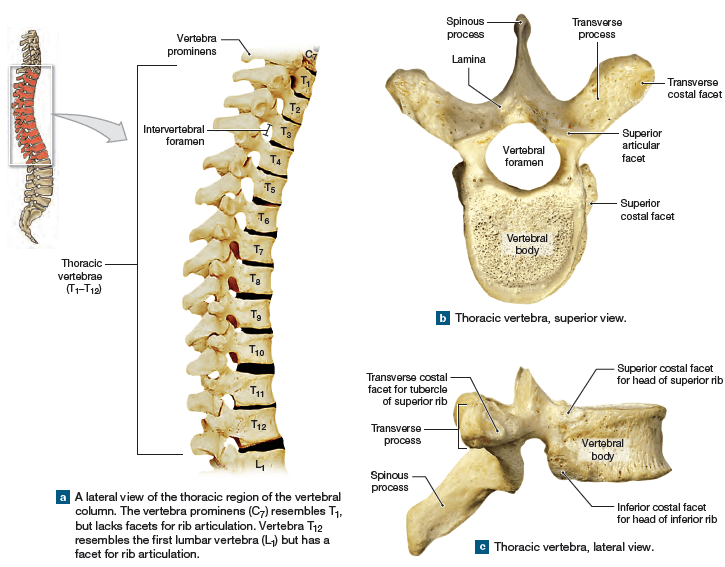

Is more common in the elderly, particularly women.May cause thoracic back pain, as well as low back pain.Causes bones to be more likely to break with a minor injury.Road traffic accidents, falls, sports injuries and violent attacks can all lead to fractures of the spine causing back pain.
:max_bytes(150000):strip_icc()/GettyImages-87293476-56e435703df78c5ba0571226.jpg)
See the separate leaflet called Ankylosing Spondylitis.It can affect other joints and other parts of the body.Ankylosing spondylitis is a form of arthritis that mainly affects the spine:.Rheumatoid arthritis is a much less common type of arthritis.See the separate leaflet called Spinal Stenosis.It is often caused by osteoarthritis of the spine.It mainly affects people aged over 60 years.Spinal stenosis is a common cause of pain in the buttocks and legs, although it doesn't always cause back pain:.Osteoarthritis is a common type of arthritis that affects people as they get older.Arthritis of all types can cause back pain:.See the separate leaflet called Back Pain in Children.It is more common in young people, especially girls, possibly due to carrying heavy school bags, when it is not serious.Thoracic back pain is more likely than lower back pain to have a serious cause.See the separate leaflet called Slipped Disc (Prolapsed Disc).May cause sciatica, which is pain that goes down the leg to the foot.Pain is due to the tissues from a disc pressing on the structures nearby - for example, nerves, when the pain is called nerve root pain.Slipped disc, sometimes called prolapsed disc:.See the separate leaflet called Lower Back Pain.It isn't possible to say exactly what the cause is of lower back pain but there is rarely any serious problem with the back.This is the most common type of back pain.Lower back pain, sometimes also called simple or nonspecific lower back pain:.Back pain even occurs in children: 3 out of every 10 young people have had pain in their back. The most common type of back pain, low back pain, affects about 8 in 10 people. Other sensations in the legs, such as warmth or a burning feeling.Įveryone can get back pain at some time in their life.Sometimes back pain causes other symptoms: It can come on for an obvious reason - such as after a fall or lifting something very heavy or awkward - or it can just come on for no reason at all. It can range from mild and fleeting to severe or long-lasting. Back pain is pain that is felt anywhere from the bottom of the neck to your bottom.


 0 kommentar(er)
0 kommentar(er)
